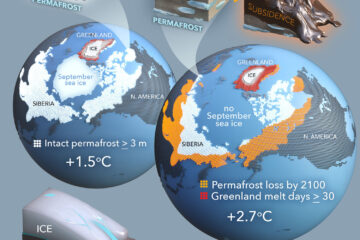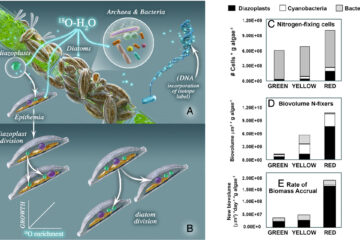Edaphic and microbial determinants of the residence times of active and slow C pools on the Tibetan Plateau
One major source of uncertainties in the estimation of soil organic carbon (SOC) dynamics is carbon (C) residence time, an important parameter in terrestrial ecosystem C cycling models. To better predict terrestrial dynamics, C residence time and its controlling factors need to be well quantified and investigated. In this study, we applied a data assimilation approach to quantify the residence times of different soil C pools on the Tibetan Plateau, based on incubated soil carbon dioxide (CO2) efflux data. We also assessed the effects of soil properties on C residence times. Our results showed that the residence times of active (RTA) and slow (RTS) C pools were well estimated through data assimilation. Soil physical, chemical, and microbial properties significantly regulated RTA and RTS. The RTA was higher in soils with high clay contents (R2 = 0.52, p < 0.01) and low microbial quotients (qMB) (R2 = 0.55, p < 0.01), whereas, the RTS was higher in soils with high clay contents (R2 = 0.76, p < 0.01), high C:N ratios (R2 = 0.44, p < 0.05), low qMBvalues (R2 = 0.50, p < 0.05), and low soil pH values (R2 = 0.80, p < 0.01). Structural equation modeling (SEM) analyses indicated that the model could explain 55% and 91% of the variations in the RTA and RTS, respectively. The qMB was the key factor in regulating the RTA, while soil pH was the crucial variable in controlling the RTS. These results demonstrated that the major controlling factors on the RTA and RTS were different. Considering these variables and their different controls on residence times of different soil C pools could provide more accurate estimation of terrestrial C cycles, and prediction of future C-climate feedbacks.


